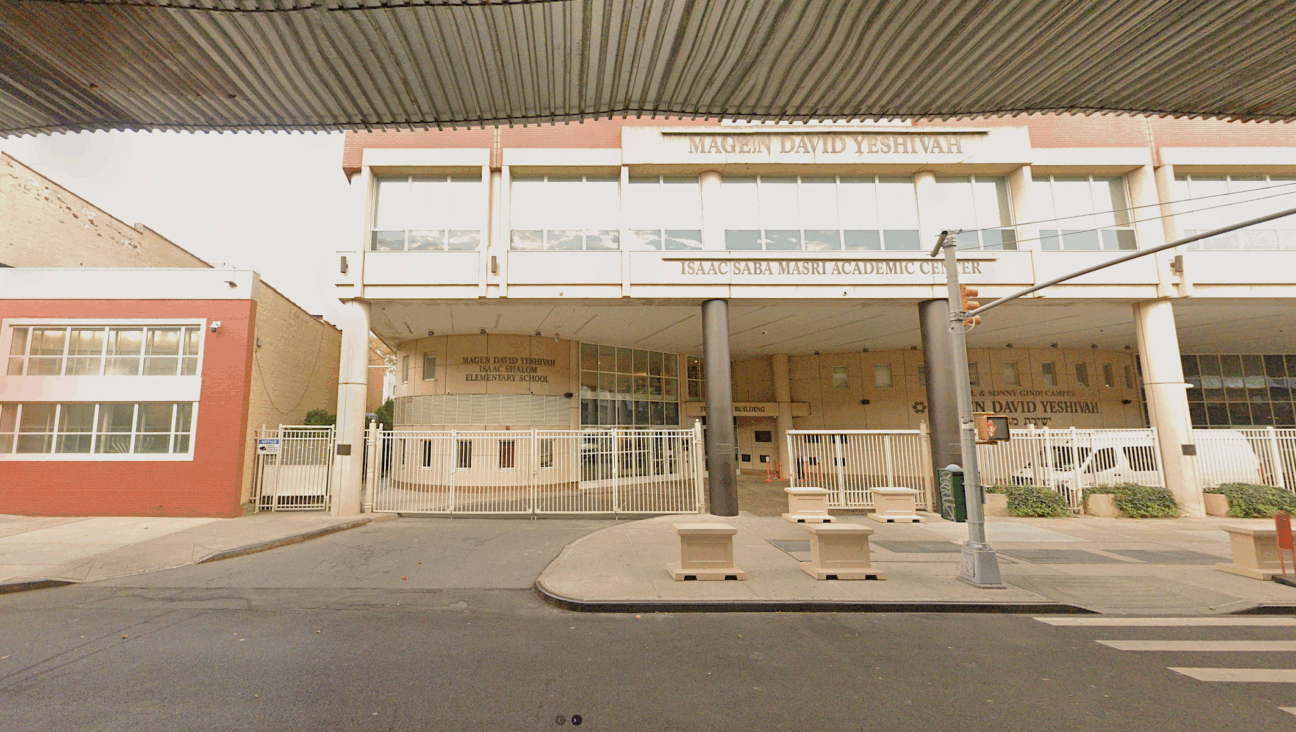Olmert Had Detailed Plan for Land-Swap With Palestinians
Former prime minister Ehud Olmert proposed giving the Palestinians land from communities bordering the Gaza Strip and from the Judean Desert nature reserve in exchange for settlement blocs in the West Bank.
According to the map proposed by Olmert, which is being made public here for the first time, the future border between Israel and the Gaza Strip would be adjacent to kibbutzim and moshavim such as Be’eri, Kissufim and Nir Oz, whose fields would be given to the Palestinians.
Olmert also proposed giving land to a future Palestinian state in the Beit She’an Valley near Kibbutz Tirat Tzvi; in the Judean Hills near Nataf and Mevo Betar; and in the area of Lachish and of the Yatir Forest. Together, the areas would have involved the transfer of 327 square kilometers of territory from within the Green Line.
Olmert presented his map to Palestinian Authority President Mahmoud Abbas in September of last year. Abbas did not respond, and negotiations ended. In an interview with Haaretz on Tuesday, Abbas said Olmert had presented several drafts of his map.
The version being disclosed Thursday in Haaretz is based on sources who received detailed information about Olmert’s proposals.
Olmert wanted to annex 6.3 percent of the West Bank to Israel, areas that are home to 75 percent of the Jewish population of the territories. His proposal would have also involved evacuation of dozens of settlements in the Jordan Valley, in the eastern Samarian hills and in the Hebron region. In return for the annexation to Israel of Ma’aleh Adumim, the Gush Etzion bloc of settlements, Ariel, Beit Aryeh and settlements adjacent to Jerusalem, Olmert proposed the transfer of territory to the Palestinians equivalent to 5.8 percent of the area of the West Bank as well as a safe-passage route from Hebron to the Gaza Strip via a highway that would remain part of the sovereign territory of Israel but where there would be no Israeli presence.
Olmert gave Col. (res.) Danny Tirza, who had been the primary official involved in planning the route of the security fence, the task of developing the map that would provide the permanent border between Israel and the Palestinian state. Olmert’s proposed annexation to Israel of settlement blocs corresponds in large part to the route of the security fence. In his proposal for a territory swap, Olmert rejected suggestions previously raised involving the transfer to the Palestinians of the eastern Lachish hills, deciding instead to establish communities there for evacuees from the Gaza Strip. He also showed a preference for giving the Palestinians agricultural land over the transfer of the Halutza sands near the Egyptian border.
The implementation of the Olmert plan would require the evacuation of tens of thousands of settlers and the removal of hallmarks of the West Bank settlement enterprise such as Ofra, Beit El, Elon Moreh and Kiryat Arba, as well as the Jewish community in Hebron itself.
Olmert reached a verbal understanding with the Bush administration to the effect that Israel would receive American financial aid to develop the Negev and Galilee to absorb some of those settlers evacuated from the West Bank. Other evacuees would have been resettled in new apartments to be built in the settlement blocs that Israel would annex.
Olmert’s office said in response to the disclosure of the plan: “On September 16, 2008, [Olmert] presented Palestinian Authority President Abu Mazen [Mahmoud Abbas] a map that had been prepared based upon dozens of conversations that the two held in the course of the intensive negotiations after the Annapolis summit. The map that was presented was designed to solve the problem of the borders between Israel and the future Palestinian state. Giving Abu Mazen the map was conditioned upon signing a comprehensive and final agreement with the Palestinians so it would not be used as an ‘opening position’ in future negotiations the Palestinians sought to conduct. Ultimately, when Abu Mazen did not give his consent to a final and complete agreement, the map was not given to him.”
Olmert’s office also told Haaretz that “naturally for reasons of national responsibility, we cannot relate to the content of that map and the details of the proposal. At the same time, it should be stressed that in the details contained in your question, there are a not inconsiderable number of inaccuracies that are not consistent with the map that was ultimately presented.”
Olmert is currently suggesting that his map provide the basis for the resumption of negotiations with the Palestinians. In his talks with Prime Minister Benjamin Netanyahu and foreign statesmen, the former prime minister has said the international community must demand a formal response from Abbas to the Olmert proposal and proceed from there in the talks. Olmert has not presented the detailed map to Netanyahu.
Shaul Arieli of the Council for Peace and Security, which developed a map with a final border as part of the Geneva Initiative, said Israel’s capacity to swap territory with a future Palestinian state is more limited than what Olmert reportedly proposed.
















